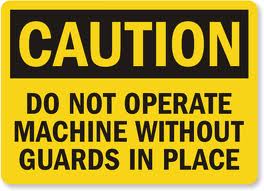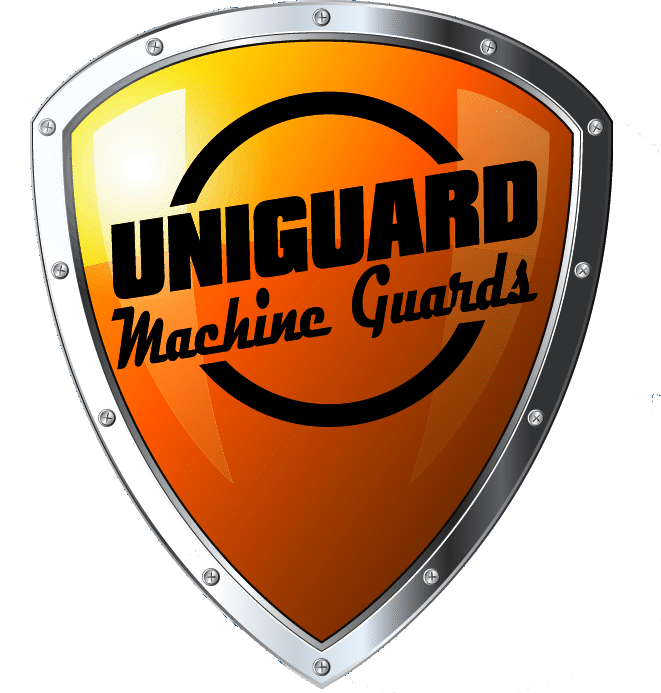 Machine guarding programs are an important element of any industrial workplace that operates machinery. While there are always OSHA standards to consider, a good machine guarding program often goes above and beyond the call of the law to keep employees safe in their day-to-day. Machine guarding programs help protect employees from accidents before they happen, especially in cases where employees must interact with machinery outside their immediate specializations.
Machine guarding programs are an important element of any industrial workplace that operates machinery. While there are always OSHA standards to consider, a good machine guarding program often goes above and beyond the call of the law to keep employees safe in their day-to-day. Machine guarding programs help protect employees from accidents before they happen, especially in cases where employees must interact with machinery outside their immediate specializations.
One common method found in many machine guarding programs is a simple checklist. It is common practice for a machine operator to guarantee that all machine guards are in place before they begin work, but the introduction of a procedural checklist can be very useful. While a dedicated worker will remember every step along the way regardless, a written checklist that must be submitted to a supervisor can reduce the margin of error even further.
Another common element of many machine guarding programs is determining who is responsible for machine guards at different stages of operation. While workers can be expected to maintain protocol with their individual machines, it is useful to have floor supervisors audit periodically to make sure things are being done properly. Engineers, maintenance technicians and others that interact with the machines only infrequently should similarly perform checks along the way. An engineer installing something new should guarantee that the machine guards are operational to begin with, and anyone performing maintenance should check to make sure they are continuing to function appropriately. This, combined with higher-level audits, can guarantee greater function of all safety protocols.
Perhaps the most effective form of machine guarding program is informing everyone on a given work floor what they are dealing with. In addition to the usual safety requirements and protocols, inform employees of how a machine does its work (for instance, whether it is driven by a pneumatic piston or a motor), what transmits the power for that work (for instance, a belt or geartrain), and where the work itself is ultimately performed (for instance, where a plasma cutter actually cuts metal). This awareness instills greater understanding, which allows for more intelligent applications of caution, which means workers will keep themselves safer even in situations that are ambiguous or unaccounted for under basic guidelines.
There are many ways to assemble a machine guarding program, but most in their basic form break down to one of these three examples: written checklists to foster accountability, clear divisions of responsibility, and communication of information about the machines themselves. Any of these make an excellent starting point for a safety officer or floor manager looking to compose a machine guarding program that goes beyond the call.
